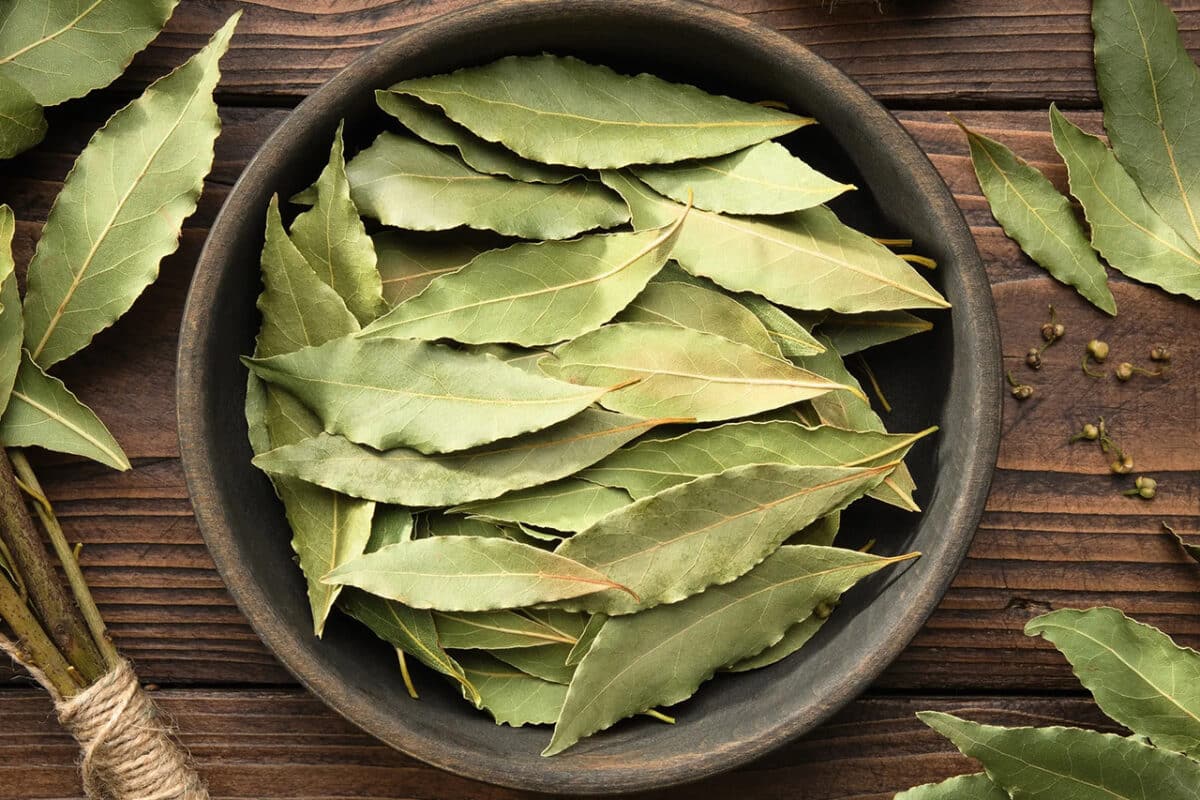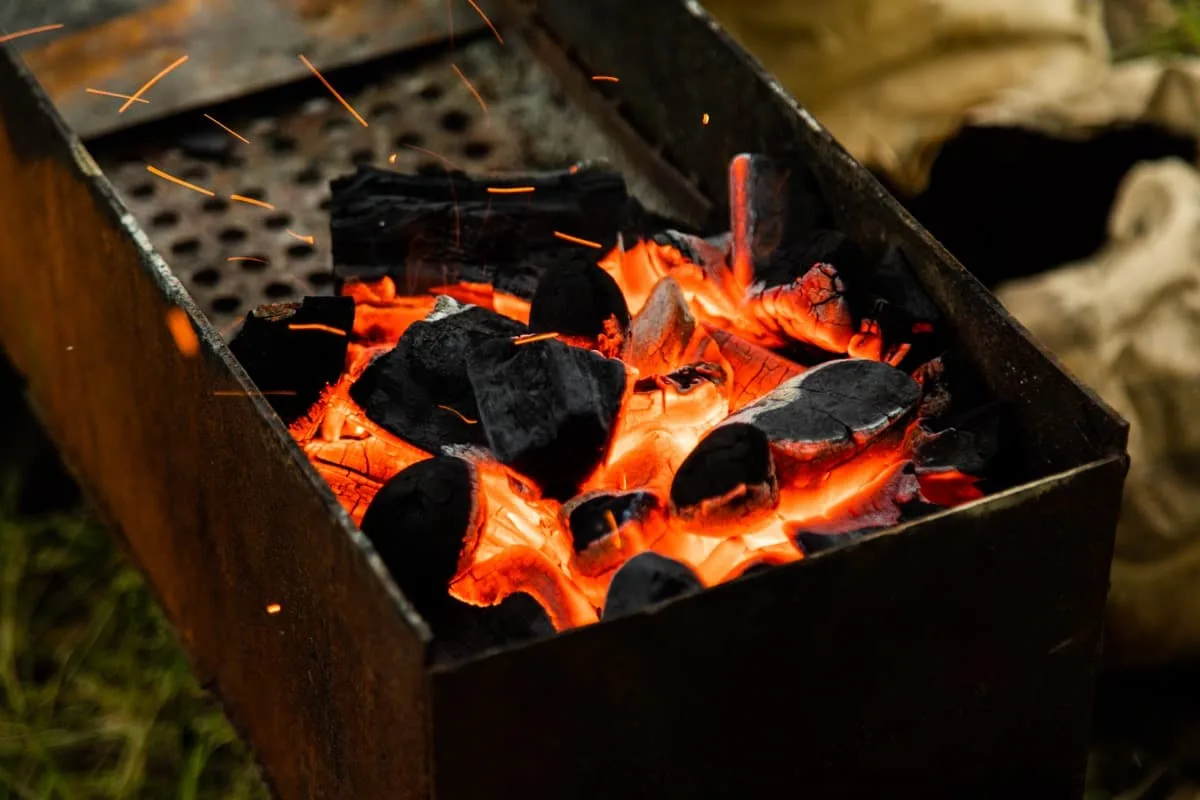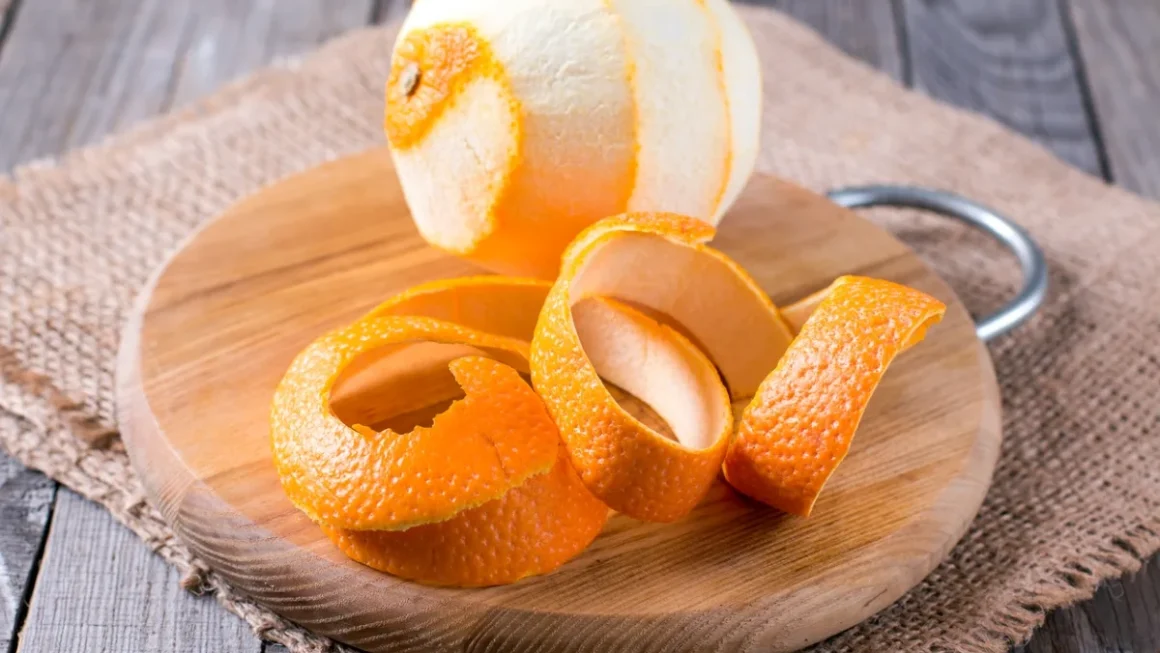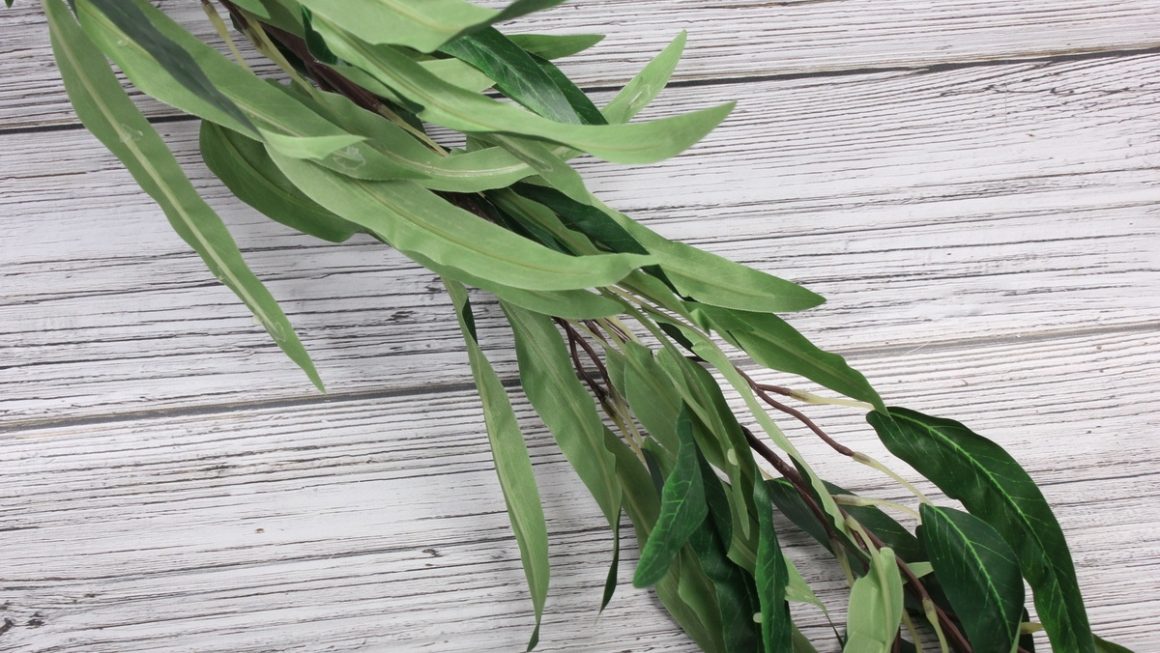This aromatic plant is one of the most commonly used in everyday cooking. But it also has other uses.
What is the purpose of throwing bay leaves on the barbecue coals?
Cooking is an ancient art that has been passed down from generation to generation. Each historical period, geographical location and religious orientation has given its food unique flavours and characteristics, some of which have remained intact to this day, while others have been modified and enriched by constant contact and interaction between different cultures. In Argentina, the barbecue is the great exponent of national cuisine, and there are many ways to prepare it, each with its own tricks and secrets.
Some use salt or brushes of chimichurri or oil with garlic and parsley to give the meat a distinctive flavour, while others use different types of wood or herbs for the embers. Within the latter group, bay leaves play a prominent role, as many choose them to give a particular scent to the smoke that then adheres to the meat. However, some barbecuers also use them for esoteric purposes, as part of a ritual that adds to the already complex rite of the asado.
Why they recommend throwing bay leaves on the barbecue coals
Bay leaves have a powerful mystical component that dates back to ancient times. In Greek mythology, they were associated with the god Apollo, and were therefore considered synonymous with victory and honour. They were also used as decorations for crowns at sporting events and for important Roman emperors and generals. Today, they play a prominent role in rituals of abundance, harmonious protection, and energy cleansing.
Many people throw bay leaves on the coals to attract abundance and ward off bad vibes.
Many people, while lighting the fire for the barbecue, throw them into the embers to attract abundance and ward off bad vibes. According to experts in esoteric matters, the important thing is the intention behind this ritual. Therefore, it is advisable to wait until the fire has caught a little before throwing in the bay leaves, repeating ‘thank you’ three times.
Once this step has been completed, you must let them burn. Logically, there is no scientific basis behind this practice, although it is believed to help cancel debts, reduce shortages and unblock the energy of money.
Beyond the esoteric motivations behind bay leaves and branches, barbecuers often use them to give a distinctive flavour to meat. The idea is to place them on the coals continuously so that the smoke gives the roast a smoky flavour. The secret lies in not exaggerating the quantities and in only doing it with cuts of meat.
Bay leaves can give meat a distinctive flavour.
In addition to bay leaves, some barbecuers opt for different types of wood to vary the flavour of the food, while others choose tricks based on sprigs of rosemary or thyme.

Brine and lard, two other keys to enhancing the flavour of the roast
In addition to herbs or aromatic wood, there are other very effective tricks to add flavour to roast meat without altering its essence. One of them is the use of brines before placing the meat on the grill. This mixture can include wine, beer, lemon juice or vinegar, combined with garlic, onion or mustard. The liquid penetrates the fibres and helps keep the meat juicy, enhancing its natural flavour without the need for strong seasonings.
Brine is key to flavouring and tenderising meat.
Another widely used technique is marinating with melted fat or flavoured butter, which is brushed on during cooking. Some grillers also rub the meat with garlic, ground chilli or pepper before putting it on the heat, achieving a golden crust full of flavour. Even a touch of brown sugar or honey in the last few minutes can give it an irresistible caramelised finish.




